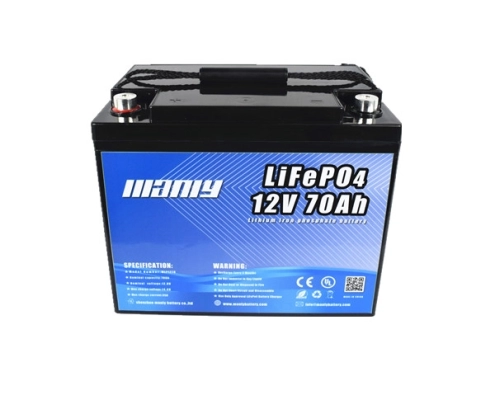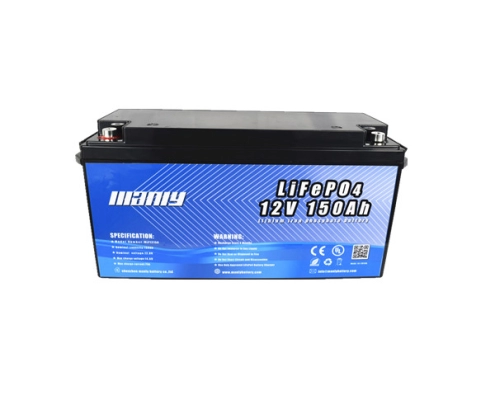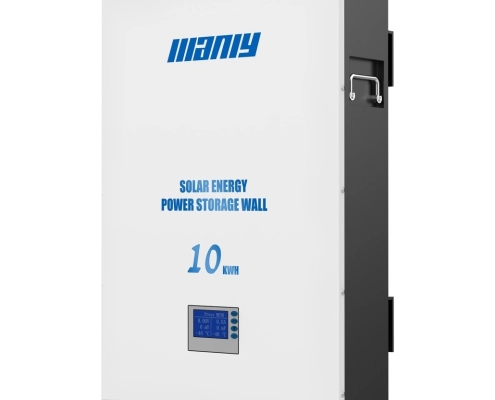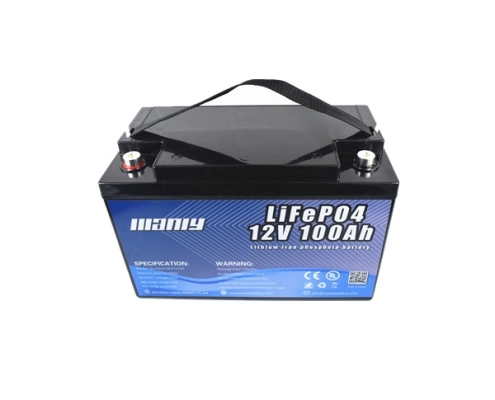Calculadora de tiempo de funcionamiento de baterías de plomo ácido, litio y LiFePO4
Esta fórmula estima el tiempo de ejecución de las baterías de plomo ácido, litio y LiFePO4 con una potencia de carga específica. Al ingresar la capacidad de la batería (Ah), el voltaje (V) y la potencia de carga (W), la calculadora determina el tiempo de funcionamiento de la batería (horas) en función de la eficiencia del tipo de batería seleccionado.
Calculadora de tiempo de funcionamiento de la batería
Get Bulk Discounts on Lithium Batteries. Click here to Calculate Your Wholesale Price!
Battery Run Time Calculator: Importance of Choosing Differences Between Battery Types
Baterías de plomo ácido
Lead acid batteries, a time-tested technology, have been in use since their invention in 1859 by French physicist Gaston Planté. Their reliability and relatively low cost make them a secure and financially savvy choice for many applications.
Las baterías de plomo ácido se encuentran comúnmente en:
- Automóviles: La mayoría de las baterías de automóviles son de plomo ácido y proporcionan la energía necesaria para arrancar el motor y hacer funcionar los componentes electrónicos del vehículo.
- Sistemas de energía de respaldo: A menudo se utilizan en sistemas de alimentación ininterrumpida (UPS) como energía de respaldo de emergencia.
- Almacenamiento de energía renovable: Las baterías de plomo-ácido almacenan energía en sistemas de energía solar y eólica.
One of the main characteristics of lead acid batteries is their heavy weight and large size compared to other battery types. They have a lower energy density, meaning they store less energy per unit of weight. For example, a typical lead acid battery might weigh between 15 and 30 kilograms. The electrolyte in these batteries is sulfuric acid, and the battery’s operation involves a chemical reaction between the lead plates and the acid.
Lead acid batteries have a cycle life of about 300 cycles, which means they can be charged and discharged about 300 times before their performance significantly declines. They also require regular maintenance. They also have a lower efficiency, with around 80% of the energy put into the battery being retrievable.
Baterías de litio
Lithium batteries, a more modern and high-performance technology, are known for their high energy density, lightweight, and long lifespan. These characteristics instill confidence and reassurance in their performance and longevity.
Las ventajas de las baterías de litio sobre las de plomo ácido incluyen:
- Mayor densidad de energía: Las baterías de litio almacenan más energía en un paquete más pequeño y liviano.
- Una vida más larga: Por lo general, duran más y tienen más ciclos de carga y descarga.
- Carga más rápida: Lithium batteries can be faster than lead acid batteries.
- Menos mantenimiento: Requieren menos mantenimiento y no tienen efecto memoria.
Las baterías de litio se utilizan ampliamente en electrónica de consumo, vehículos eléctricos y sistemas de energía renovable. Pueden durar entre 1000 y 2000 ciclos, mucho más que las baterías de plomo-ácido. Su mayor eficiencia, alrededor del 90%, significa que se puede utilizar una mayor cantidad de energía invertida en la batería.
Baterías LiFePO4
LiFePO4 batteries, also known as lithium iron phosphate batteries, are an advanced type of lithium battery. Their safety and durability make them a secure and confident choice for high-demand and critical applications.
Los beneficios de las baterías LiFePO4 incluyen:
- Seguridad: They are more stable and less prone to thermal runaway or catching fire than other lithium-ion batteries.
- Larga vida útil: Las baterías LiFePO4 pueden soportar miles de ciclos de carga y descarga, lo que las hace muy duraderas.
- Amplio rango de temperatura: They perform well across various temperatures.
- Altas tasas de descarga: Estas baterías pueden proporcionar alta potencia de salida para aplicaciones exigentes.
LiFePO4 batteries have a very long cycle life, often exceeding 2000 cycles, and can maintain about 80% of their capacity even after extensive use. They can handle high discharge rates and be used in extreme temperatures ranging from -20°C to 75°C. Their efficiency is the highest among the discussed types, reaching up to 95%.
Las baterías LiFePO4 se usan comúnmente en aplicaciones donde la seguridad y la longevidad son críticas, como:
- Vehículos eléctricos: Proporcionar una fuente de energía más segura y duradera.
- Sistemas de almacenamiento de energía: These are used in home and industrial renewable energy storage.
- Baterías marinas y para vehículos recreativos: Offering reliable recreational vehicle and boat power.
In summary, understanding the differences between these types of batteries is crucial for selecting the right one for your needs. Lead acid batteries are a reliable, cost-effective choice for many traditional applications. Lithium batteries offer higher performance and longer life, making them ideal for modern electronic devices and electric vehicles. LiFePO4 batteries enhance safety and durability, making them perfect for high-demand and critical applications.
Calculadora de tiempo de funcionamiento de la batería: el papel de la capacidad, el voltaje, la eficiencia y la potencia de carga
Capacidad de la batería
Capacidad de la batería measures the amount of energy a battery can store. It is usually expressed in ampere-hours (Ah), which indicates how much current a battery can supply over a specific period. For example, a battery with a capacity of 10 Ah can deliver 10 amperes for one hour or 1 ampere for 10 hours. Knowing the battery capacity is crucial because it helps determine how long the battery will last under a given load.
Standardized tests are conducted to measure battery capacity, such as the 20-hour rate test. This test involves discharging the battery at a constant current until it reaches a specific cutoff voltage. For instance, a 100 Ah battery would be discharged at 5 amps (100 Ah / 20 hours = 5 amps). The capacity is then calculated based on the discharge current and time.
Voltaje de la batería
Battery voltage is the electrical potential difference between a battery’s positive and negative terminals. It is measured in volts (V). A battery’s voltage affects its ability to deliver power to a load. Higher-voltage batteries can provide more power, making them suitable for high-power applications.
Typical battery voltage levels vary based on their type and application. For example, lead-acid batteries often come in 12V configurations, while lithium-ion batteries can be found in various voltages, such as 12V, 24V, 36V, and 48V. The voltage also influences the battery’s efficiency and performance, impacting the overall runtime.
Eficiencia de la batería
La eficiencia de la batería se refiere al porcentaje de energía almacenada en la batería que se puede recuperar durante la descarga. Los diferentes tipos de baterías tienen diferentes niveles de eficiencia. Por ejemplo, las baterías de plomo-ácido suelen tener una eficiencia de alrededor del 80%, lo que significa que el 80% de la energía introducida en la batería es recuperable. Por el contrario, las baterías de iones de litio tienen una eficiencia más alta, a menudo alrededor del 90%, y las baterías LiFePO4 pueden alcanzar hasta el 95%.
Efficiency is critical in determining how effectively a battery can power a load. High-efficiency batteries waste less energy, providing more usable power and extending the battery’s runtime.
Potencia de carga
Load power is the amount consumed by the device or system connected to the battery. It is measured in watts (W). Load power directly affects the battery’s discharge rate and, consequently, its runtime. A higher load power will deplete the battery faster, while a lower load power will allow the battery to last longer.
For example, if a device consumes 50 watts and is connected to a 12V battery, it will draw approximately 4.17 amperes (50W / 12V = 4.17A). The battery’s capacity and efficiency determine how long it can sustain this load before recharging.
Por qué estos factores son importantes en la calculadora
La calculadora de tiempo de funcionamiento de baterías de plomo ácido, litio y LiFePO4 utiliza estos cuatro factores:capacidad de la batería, voltaje, eficiencia y potencia de carga, para estimar cuánto durará una batería bajo una carga específica. He aquí por qué cada factor es esencial:
- Capacidad de la batería: Determina la energía total disponible para la carga.
- Voltaje de la batería: Afecta la entrega de energía y la compatibilidad con la carga.
- Eficiencia de la batería: Influye en la cantidad de energía utilizable y en el rendimiento general.
- Potencia de carga: Dictates the battery’s discharge rate.
La calculadora aplica la fórmula: Capacidad (Ah) x Voltaje (V) x Eficiencia / Potencia de carga (W). Esta ecuación proporciona un tiempo de ejecución estimado en función de los valores de entrada. Por ejemplo, una batería de 100 Ah a 12 V con una eficiencia del 90 % que alimenta una carga de 50 W tendría un tiempo de ejecución de (100 Ah x 12 V x 0,9) / 50 W = 21,6 horas.
In conclusion, while this calculator provides a proper estimate, actual performance can vary based on environmental conditions and specific use cases. For precise calculations and professional advice, please contact our customer service at https://manlybattery.com/contact-us/.

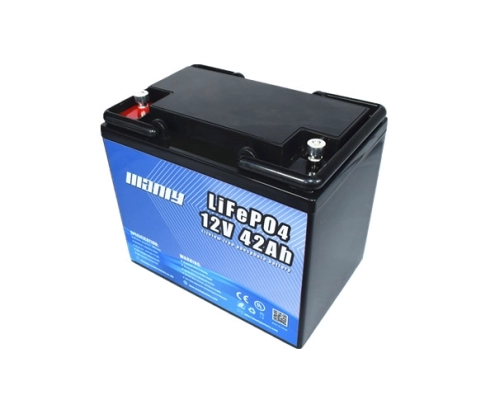
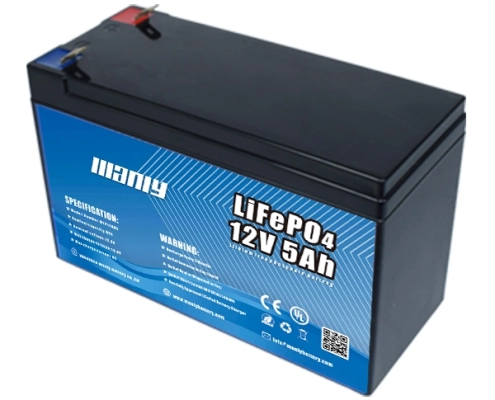 Batería varonil
Batería varonil